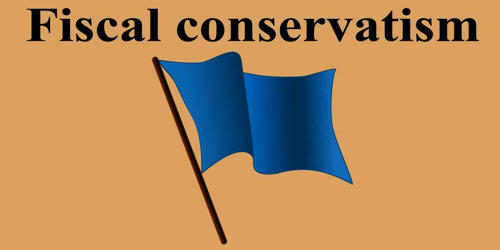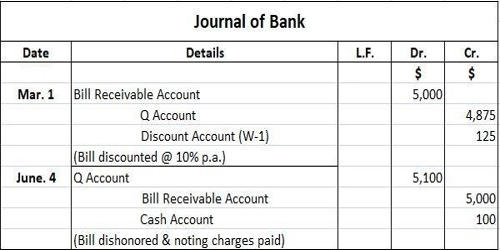Consumer discretionary refers to products and services that consumers deem non-essential but attractive if their available income allows them to acquire them. Simply described, it is a category of items in a particular economic system that are not regarded primarily by customers. Durable items, high-end clothes, entertainment, leisure activities, and vehicles are examples of consumer discretionary products.
Consumers will only purchase non-essential things if they have enough money left over at the end of each month. Consumer staples, on the other hand, are things that are essentials of life such as food, medications, medical supplies, cleanliness, or personal care products. Consumer discretionaries and consumer cyclicals are two terms used to describe companies that provide these sorts of goods and services.
Consumers may desire new clothing or durable items, but they will not purchase them if they are unable to do so financially. Consumer cyclicals or consumer discretionaries are the terms used to describe these types of products and services. Consumer discretionary is distinguished from consumer staples, which is a categorization for businesses that manufacture everyday requirements. Automobiles, luxury products, clothing, sports equipment, movies, furnishings, and services such as hotels, restaurants, television, and other leisure activities all fall into the discretionary category.
The purchase of consumer discretionary goods is frequently compared to the purchase of consumer essentials. Economic cycles have an impact on both product groupings. Consumers earn more and spend more on consumer discretionary items when the economy is robust. Consumer discretionary spending is significant since it reflects the economy’s health.
When an economy is contracting, on the other hand, people often earn less and spend more on consumer basics, sometimes known as consumer defensive spending. The decision to acquire a consumer discretionary item is influenced by one’s financial situation as well as the current economic climate. Economic cycles have a significant impact on an economy’s earning capacity and consumer spending. In a down economy, firms that make basic necessities or consumer staples tend to outperform those that make consumer discretionary items.
An economic cycle is divided into four stages: expansion, peak, contraction, and trough. Stronger profits for firms and individuals, as well as more spending, are typical characteristics of an expanding economy nearing its peak. A contraction to trough in a shrinking economy has the opposite impact. Consumer discretionaries sell more items and services while the economy is rising. When the economy is poor, these businesses sell less goods.
In a bad economy, on the other hand, people are more inclined to skip non-essential consumer discretionary items in order to increase their savings. Basic home commodities such as toilet paper, paper towels, food, drinks, and petrol, all of which are considered consumer staples, are nevertheless required purchases for these customers. Investors can utilize economic circumstances to forecast where the market will go in terms of consumption since a developing economy with low unemployment and fair salaries will frequently result in greater demand for consumer discretionary items.
Consumer discretionary items will often receive a larger share of the household budget in more developed countries, as primary requirements can be met quickly and inexpensively. People are less likely to spend money on non-essentials while the economy is shrinking. People earn more money when the economy is healthy. This implies they have more money to spend on things that aren’t necessities. The most common statistic for measuring an economy is gross domestic product (GDP).
Investors can decide whether or not to invest in consumer discretionary by looking at the general economy. They can also utilize consumer discretionaries to determine the state of the economy. Consumer discretionary demand is frequently accompanied by fewer sales for the firms that manufacture these items, which can contribute to worsened economic conditions and further recession.
When individuals are short on cash, they tighten their belts and eliminate superfluous costs. During a recession, consumers cut back on non-essential purchases. They can’t buy these items since they don’t have enough discretionary income. For businesses that rely on credit markets for funding, interest rates can be a major consideration. In contractionary periods, a monetary policy normally aims to cut interest rates to aid business stimulation.
Consumer discretionary firms are used by economists to assess the status of the wider economy. Throughout all sorts of economic cycles, many investors prefer to place their wagers through sector exchange-traded funds (ETFs). These funds can reduce risks by diversifying more widely while yet allowing for concentration of investment holdings. Economic indicators may be used by investors to forecast whether consumer discretionary stocks will grow or fall in value.
Information Sources:
















